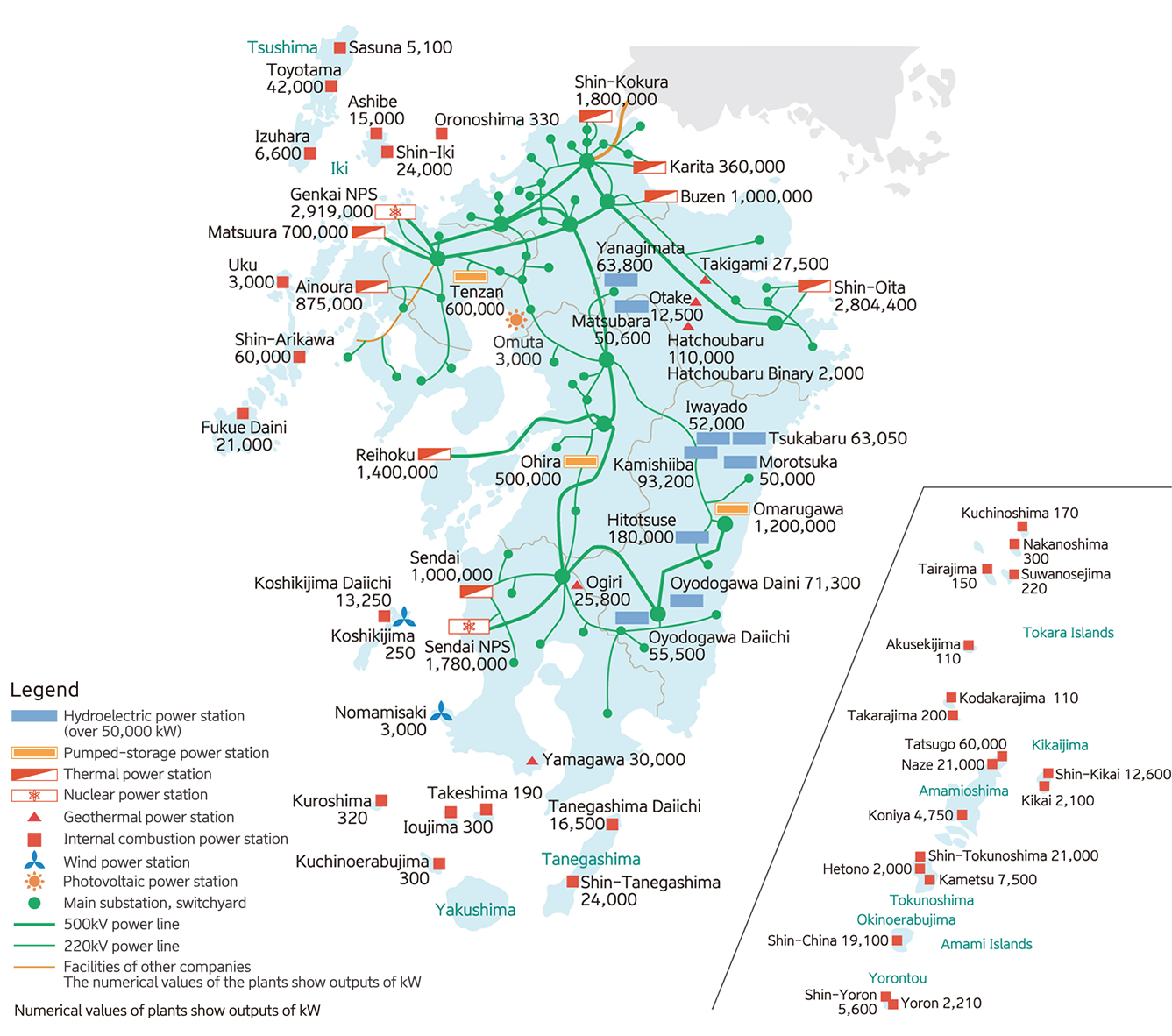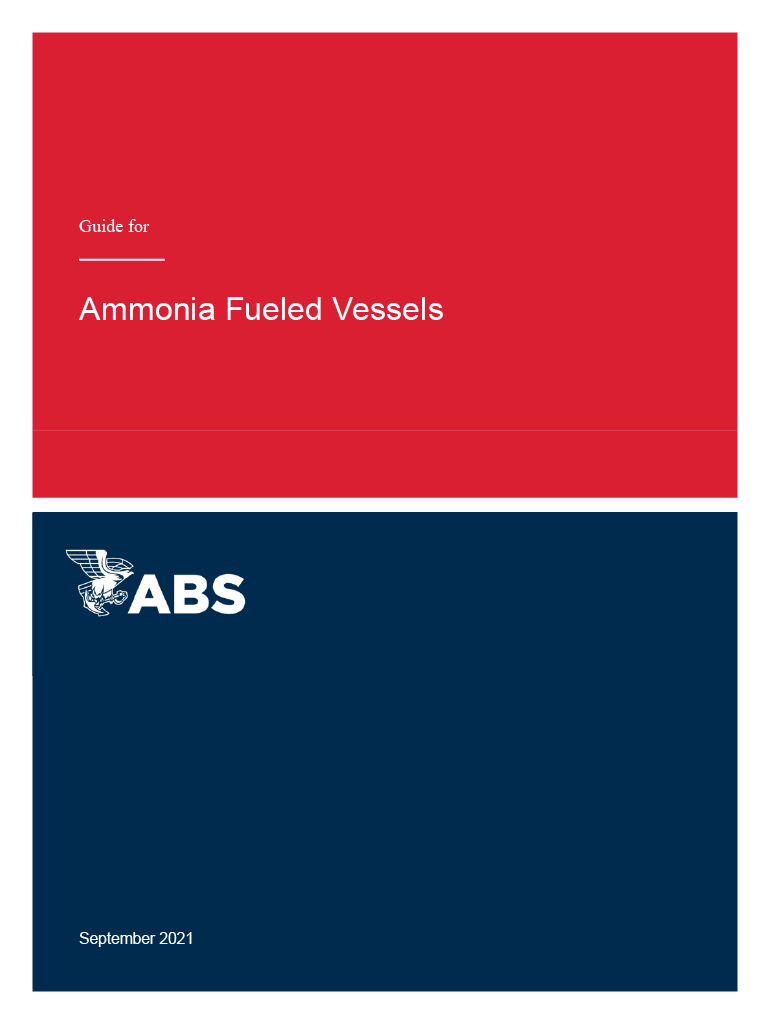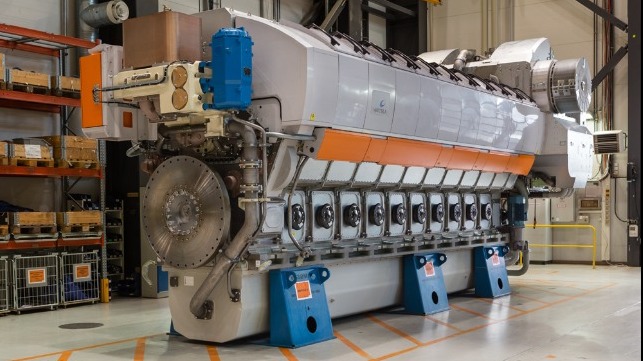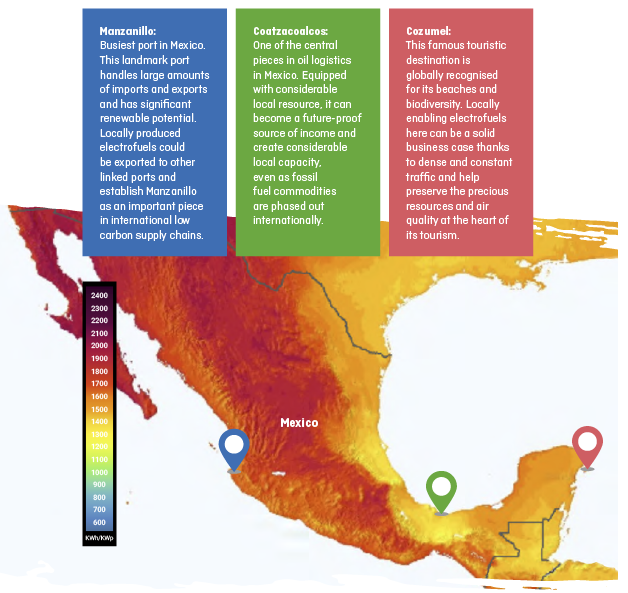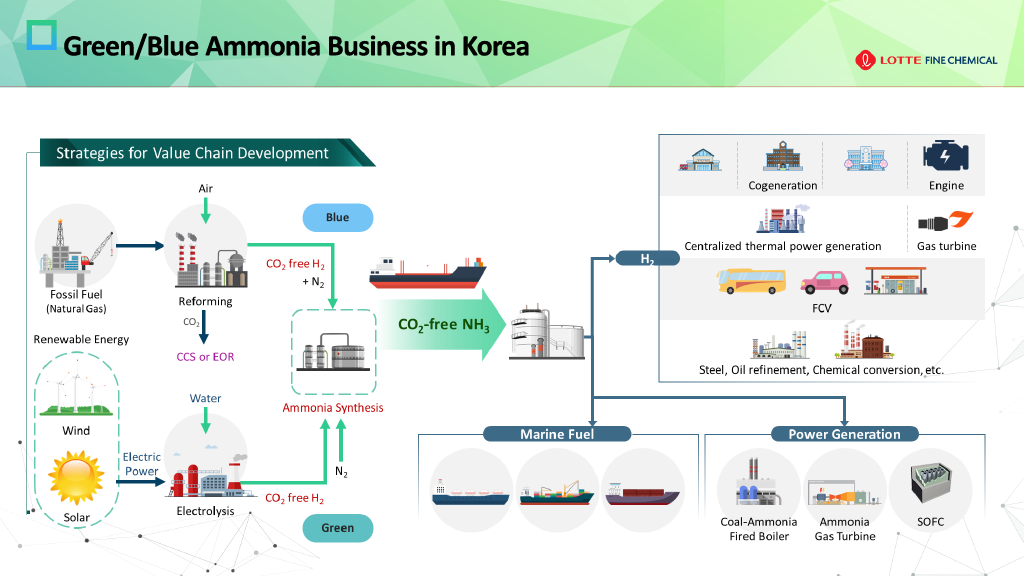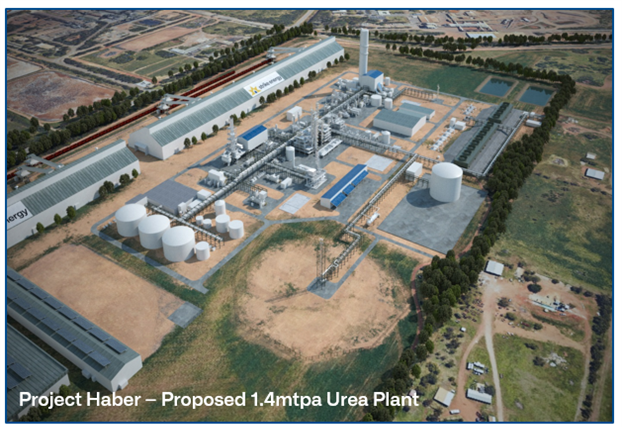Yara and Kyushu Electric to collaborate on clean ammonia
Under the new MoU, Yara and Kyushu Electric will work to establish clean ammonia supply chains to decarbonise coal-fired power generation in Kyushu, Japan. The MoU also foreshadows the pair will promote the use of ammonia energy solutions in other sectors on Japan's third-largest island.
